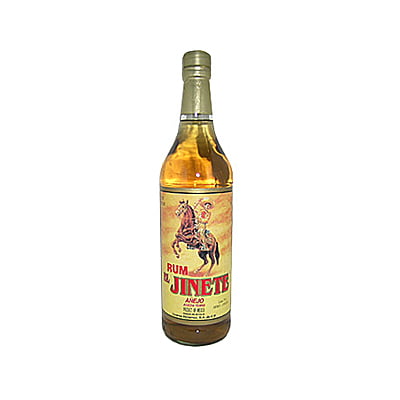Mexico
Mexico, famed for its tequila and mezcal, also harbors a rich and dynamic heritage of cane-based spirits, where centuries-old colonial traditions blend with contemporary innovation.
Sugarcane arrived in the 16th century, sparking a legacy of early distillations—aguardiente de caña—that evolved across regions under distinct names such as Charanda in Michoacán and unique cane spirits in Oaxaca and Veracruz.
In Michoacán, Charanda—once widespread but now a niche treasure—is protected by a Denomination of Origin (PDO). Notable brands like Uruapan Charanda and Sol Tarasco artfully blend cane juice and molasses, yielding silky, vanilla-laced profiles shaped by volcanic terroir.
Ron Huasteco Potosí, founded in 1938, was among Mexico’s pioneering rum brands, gaining both domestic and international acclaim. Producers like Ron La Gloria further cemented Veracruz as a key regional hub for rum production.
A vibrant craft spirits movement now flourishes, especially in Oaxaca and the southern states, spotlighting producers such as Paranubes, Cañada, Gustoso, Uruapan, Pixan, and El Ron Prohibido. These distillers create distinctive cane spirits—ranging from earthy and funky to high-ester and experimental. Blind tastings have lauded brands like Paranubes and Uruapan for their complexity, with flavors of ripe fruit, layered funk, and pronounced terroir.
Today, Mexico’s cane spirit output—including rum, aguardiente, and Charanda—rivals that of many Caribbean nations combined. Yet these spirits remain underappreciated on the world stage, hampered by historical bans, intense competition from other local spirits, and persistent misconceptions.
Mexico’s rum and cane spirits scene stands apart—shaped by regional traditions, artisanal craftsmanship, and a new wave of trailblazing producers redefining what Mexican cane spirits can be.







